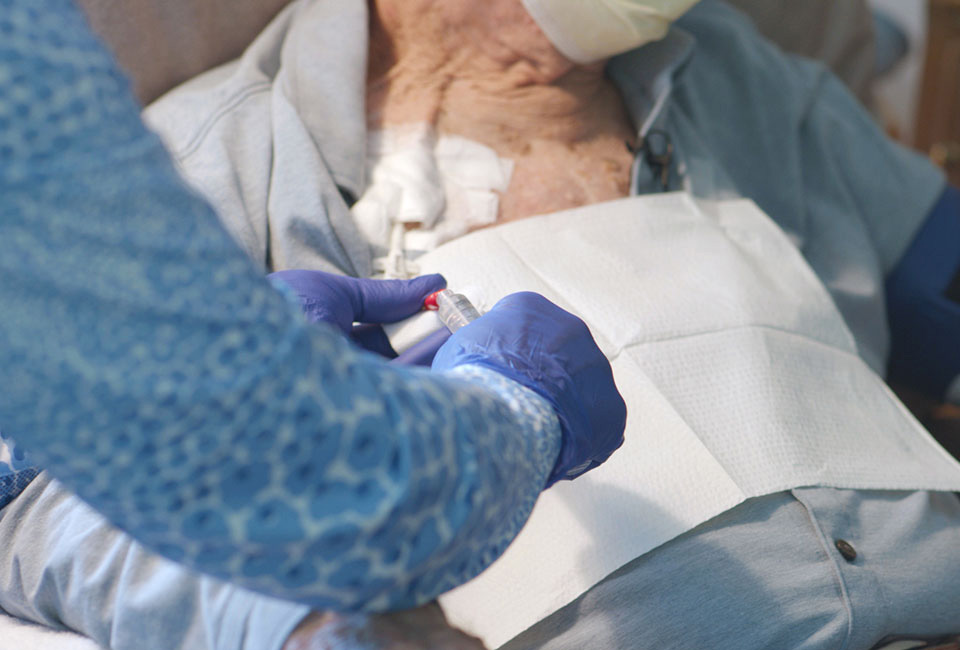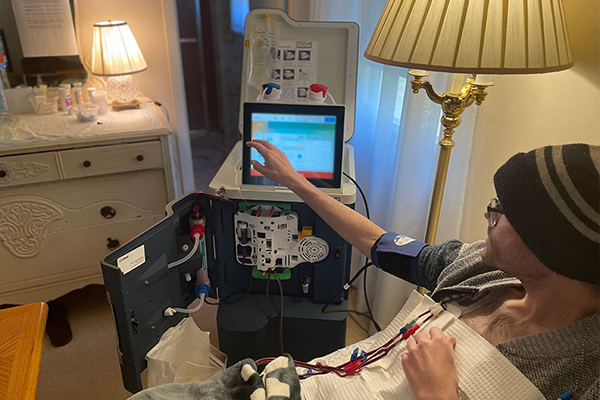Dialysis Access Sites: Fistulas, Catheters and Grafts Explained

What is a dialysis access site?
A dialysis access site is a way to reach the blood so it can be cleaned. This is important because with an access, hemodialysis can remove waste and excess fluids when the kidneys can’t do it anymore. There are three types of dialysis access types: fistulas, grafts and catheters. Each type comes with its own procedure for placement and recovery time.
The choice of access usually depends on a person’s overall health, the condition and size of their veins and how soon they need to start dialysis. Each type has a different lifespan and requires good upkeep to work correctly.
Always consult with a healthcare provider to make the choice that’s right for you or your loved one. Remember, understanding your options is the first step towards a smoother dialysis journey.
What is a dialysis fistula?
A fistula surgically joins an artery to a vein (usually in the arm) and does not involve a central line (a tube placed through the skin to allow access to the bloodstream). Fistulas use an individual’s own blood vessels and are completely under the skin, reducing the risk of infection. Fistulas, on average, last the longest but require surgery and a few months to heal before they can be used. With good care, fistulas can last for years; however, not all patients are good candidates for a fistula (small veins, etc.) and some may need multiple surgeries before the fistula is ready to use.
What is a dialysis graft?
A graft serves as a middle ground between a fistula and a catheter. They are implanted under the skin and use a synthetic tube to connect an artery and a vein. This option is good for individuals whose veins may not be big enough for a fistula. Grafts can be ready to use in as little as 2 to 3 weeks and provide a faster way to begin treatment compared to a fistula. Grafts have a higher risk of infection and blockage compared to fistulas but have lower infection risks than catheters. Grafts require a surgical procedure for placement.
What is a dialysis catheter?
A dialysis catheter is a flexible tube (known as a central line) that’s inserted through the skin into a large vein (usually in the neck or chest). Catheters can be used when dialysis needs to start immediately or for patients that do not have fistulas or grafts. Catheters require proper cleaning techniques and training. With excellent care, catheters can last several months to a year.
This post was produced with input from Michael Aragon, MD, Chief Medical Officer at Outset Medical, Inc.
Read more
This content is provided for informational purposes only. It is not intended to be a substitute for professional medical advice, diagnosis or treatment. You should seek the advice of your healthcare provider with any questions you may have regarding a medical condition or treatment before making any treatment decisions. Only your healthcare provider can diagnose a medical condition or determine whether a particular treatment is right for you.

